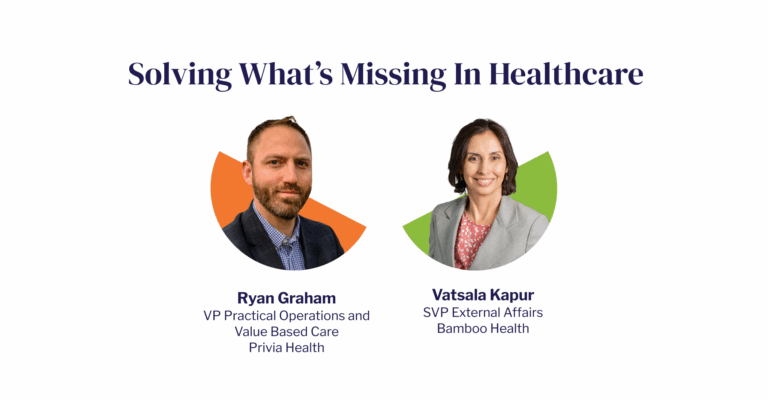For our latest Four Questions Series, we sat down with Shannon Parrish, Director of Care Coordination at CHESS, a NextGen ACO located in High Point, North Carolina. CHESS is a physician-led healthcare service organization that is supporting its participating physicians and health systems to provide improved, value-based care to the patients they serve. As a NextGen ACO, CHESS is focused on identifying key areas of care that result in high costs and wasted resources.
Can you tell us about some of the care coordination challenges your organization has faced in the last few years?
The footprint of our organization is expansive across several counties, which in turn means that our patients utilize care at many different regional health systems. Within the Medicare population, there are no timely reports to capture utilization, which is imperative to be able to intervene, impact outcomes and capture potential revenue.
Not knowing where our patients are, and not having insights into their care journeys, results in missed care opportunities, unnecessary costs, and wasted resources.
How have you overcome these challenges?
PatientPing (Pings) makes monitoring patient utilization much more efficient and provides us with the most up-to-date information. PatientPing (Pings) also tees up the information for us, as opposed to having to chase it down. This has allowed us to intervene on patient events as soon as they are discharged.
We’ve also been using PatientPing (Pings) to identify patients who are eligible for the Next Generation 3-day SNF waiver. Our hospital-based navigators are able to run daily lists of all of our ACO patients who are in the emergency department or under observation. From there, they are able to approach social workers in the hospital to discuss patients who are eligible for discharge under the SNF 3-day rule waiver. Not only does this help to reduce hospital LOS, but it allows patients to get the care that they need in a more appropriate care setting and faster.
What were your workflows prior to implementing Pings? How do you use the tool today?
We put many labor intensive processes in place to help us capture patient utilization prior to PatientPing (Pings). We set up multiple portal reports and feeds, however, these were only as reliable as the information given to us by the patient. We also relied on patients in order to identify who their PCPs were, and if they were within our network. PatientPing (Pings) now solves for this.
For our Medicare Advantage contracts, we created daily prior authorization reports and tracked patients to discharge. We also called SNFs three times per week to ensure timely notification of our SNF discharges. There were many patients we weren’t aware of, and despite these frequent calls, we weren’t notified in time to capture the TCM billing opportunity. I would estimate we devoted approximately 20-25 hours per week in tracking down utilization events. Now, we have PatientPing (Pings) to help fill these gaps.
What results have you seen since implementing Pings? How do you use the tool today?
In less than 4 months of using PatientPing (Pings), we were able to capture 124 patients that previously would have gone unidentified. This is, on average, 8 patients per week. Being able to make outreach to these 124 patients has allowed us to increase our TCM revenue.
Thanks so much, Shannon! For more information about how Bamboo Health can enhance your care coordination efforts, contact us.



